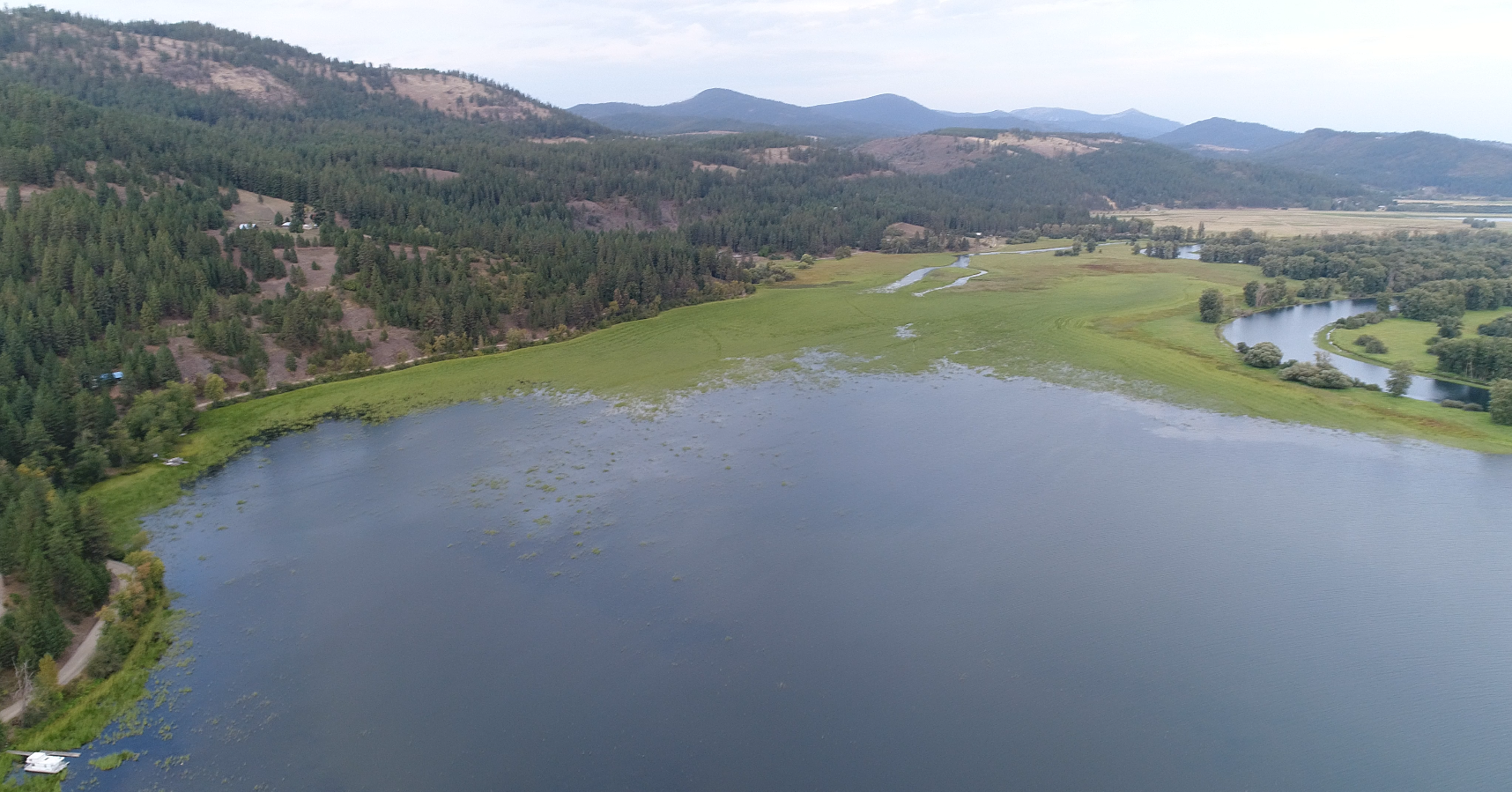
Ricing is NOT a beginner level thing to try to wildcraft. Its entirely worth learning about and trying, though, once you’re ready.
Wild rice is a species of aquatic grain that belongs to the genus Zizania. It is native to North America and is an important crop for many indigenous communities. The plant grows in shallow, slow-moving water such as streams, rivers, and shallow lakes.
Wild rice is a very unique crop that requires a specific set of environmental conditions to thrive. The plant grows best in water that is between 1 to 3 feet deep, with a water temperature between 60 and 70 degrees Fahrenheit. The water must also be clean and free of pollutants, as wild rice is very sensitive to pollution.
The plant has an interesting growth cycle. It starts by producing a long stem that grows upward and above the water. This stem is topped with a cluster of flowers, which eventually develop into the characteristic grains of wild rice. As the grains mature, the stem bends over and the grain head dips into the water to complete its growth.
Wild rice has been an important food source for many indigenous communities in North America for thousands of years. Native Americans and Canadian First Nations peoples have long harvested wild rice in the fall as it reaches its peak. They would use canoes to paddle through the shallow waters and harvest the grain by hand using sticks. Once harvested, the grains were dried, roasted, and used as a staple food source. We can still do this today. This was a big thing in Minnesota where I grew up, and there are wild rice populations in Idaho whereon I live. It was introduced in the 1930s by Idaho Fish and Game to encourage duck habitat for hunting. It grew out of control and became an aquatic “weed.” Still it lives in marshes and wetlands in the region. We have done work to spread its genetics and increase its populations and biodiversity of other sites. It’s a good one to grow, harvest and eat if you can.
In modern times, wild rice is still grown and harvested by indigenous communities as a traditional food source. However, it is also grown commercially by farmers. Modern rice farming techniques are used to cultivate the crop in paddies, which are flooded fields designed to mimic the shallow, slow-moving waters where wild rice grows naturally. These paddies are flooded with water during the growing season and drained before harvest.
Wild rice is known for its numerous health benefits. Compared to white rice, it is a much richer source of fiber, vitamins, and minerals. It is also higher in protein and lower in calories. Additionally, wild rice is gluten-free, making it a good choice for those with gluten sensitivities or celiac disease.
In terms of ecological impact, wild rice is a sustainable crop that has a positive effect on the environment. The plant is very efficient at absorbing nutrients from the water, which can help improve water quality. Additionally, wild rice paddies provide habitat for a variety of aquatic species, including birds, fish, and amphibians.
In conclusion, wild rice is a unique and important crop that has played a significant role in the diets and cultures of indigenous communities in North America for thousands of years. The plant grows in specific aquatic environments and requires clean water to thrive. It has numerous health benefits and is a sustainable crop that can help improve water quality and provide habitat for aquatic species.